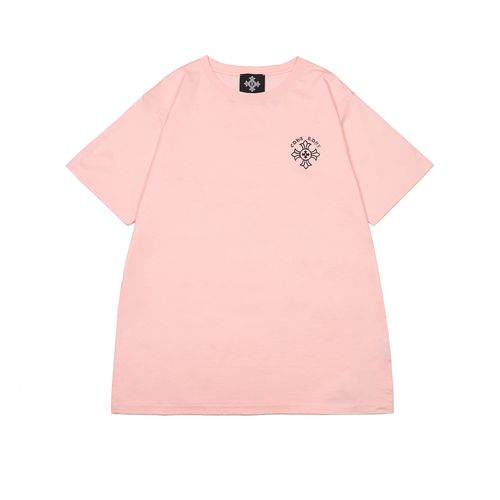Cutting your clothes to size is a key step in making sure they fit you perfectly. The following are some key dimensions and detailed analysis of measuring customized clothes:
1. Height: Height is an important indicator for determining the overall length of clothing. Make sure the garment length matches the individual’s height by measuring the vertical distance from the top to the sole of the foot.
2. Bust: Bust refers to the horizontal circumference surrounding the fullest part of the chest. Use a soft tape to measure against your chest to make sure the garment fits snugly around your chest.
3. Waist circumference: Waist circumference refers to the horizontal circumference around the thinnest part of the waist. Use a soft tape measure to measure snugly and horizontally around your waist to make sure the garment fits properly around your waist.
4. Hip circumference: Hip circumference refers to the horizontal circumference around the fullest part of the buttocks. Use a soft tape to measure snugly and level with your hips to make sure the garment fits properly on your hips.
5. Shoulder width: Shoulder width refers to the horizontal distance between the shoulders on both sides. Use a tape measure to measure from the outermost side of one shoulder to the outermost side of the other shoulder, making sure that the shoulder line of the garment connects naturally to the shoulder.
6. Sleeve length: Sleeve length refers to the vertical distance from the shoulder to the wrist. Use a soft tape to measure from the outermost side of the shoulder to the wrist to ensure the sleeve length is appropriate.
7. Pants length: Pants length refers to the vertical distance from the waist to the soles of the feet. Use a soft tape to measure from the top of your waist to the soles of your feet to make sure the length of your clothing matches your height.
8. Thigh circumference: Thigh circumference refers to the circumference of the fullest part of the thigh. Use a soft tape to measure against thigh level to make sure the garment is loose or fits properly at the thigh.
In addition, other key dimensions can also be measured according to specific needs, such as neck circumference, wrist circumference, ankle circumference, etc. Remember, when taking measurements, make sure the ruler or tape is snug but not too tight or too loose on the body part to get the most accurate measurements.





